Let’s not beat about the bush here, everyone LOVES a new bike! As cyclists we have a long history with wanting the latest and greatest technology in our bikes.
Deep down most of us know that we will never be at a level where having Dura-Ace rather than 105 on our bikes will make that much of a difference to our riding experience (as much as your local bike snob would lead you to believe otherwise). But that doesn’t mean that we won’t spend the extortionate amounts required with having that shiny Dura-Ace kit on our bikes.
This extends to all aspects of our bikes, and means that manufacturers are fighting a never ending battle to ‘innovate’ so that the cycling consumer has something else to spend their hard earned cash on!
So if you are in the market for a new bike (or even an up to date 2nd hand one) then there are lots of considerations to bear in mind.
HOWEVER
Not all innovations are for the best, in fact, a lot of the time manufacturers get it very, very wrong in their quest for the next big thing.
So let’s have a quick run through some of the features you are likely to see on modern bikes and give you an idea of why you might want to think twice before laying out the cash on a bike that demonstrates any of them!
- Integrated handlebar/stem
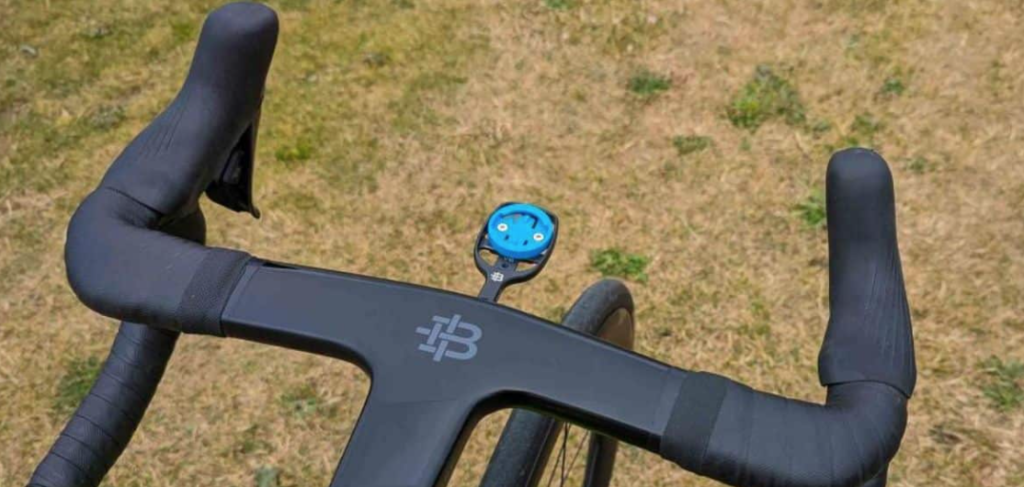
Ask any bike fitter worth their salt what the worst thing to happen to the bike industry in recent years is and I can almost guarantee you that integrated bars and stems are in the top two.
Now, I am not saying that they don’t look cool, they do. I am also not saying that they don’t improve performance slightly, again, they do.
The problem is, they have zero adjustability, if you buy a bike with them already fitted then that’s it, you are stuck with them – OR – stuck with a massive bill to swap them out. I have lost count of the times I have had people in for a fit who need a shorter stem, or different width bars that then have to spend upwards of £500 when a £40 stem would have fixed the issue – I can assure you I take no pleasure in having these conversations!
So what should you do??
Best bet, get a bikefit done BEOFRE you purchase your bike and make sure the order for the bike matches the dimensions from your bikefit.
OR
When buying your bike, spec it to have separate bars and stem (with most models you can do this) then have a bikefit and order the integrated setup that suits you best.
2. Seat mast rather than seat post
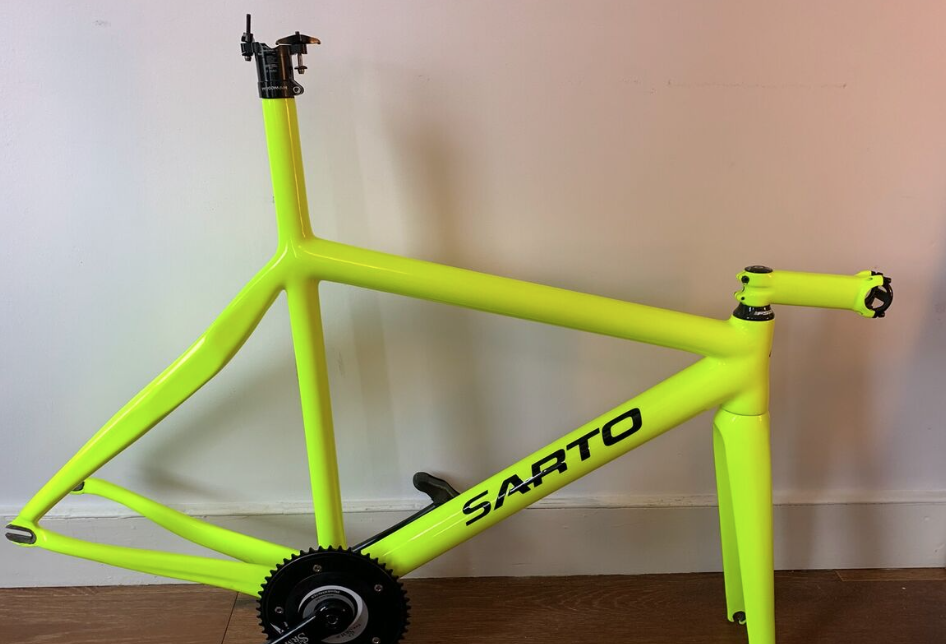
The reason for this is obvious, if you have a seat mast integrated into the frame then it needs to be cut to the correct length to make the frame fit you. And once its cut then its cut, you will never be able to sell the bike (well the frame anyway) unless you are lucky enough to find someone the same size as you – or smaller.
I thought this ridiculous idea had died a death a decade ago however Trek (more on them later) seem to have revived it with the new model Madone (although to give them credit they do provide an element of adjustability with the new setup) – thanks guys.
- Internal cable routing from lever to brake/derailleur
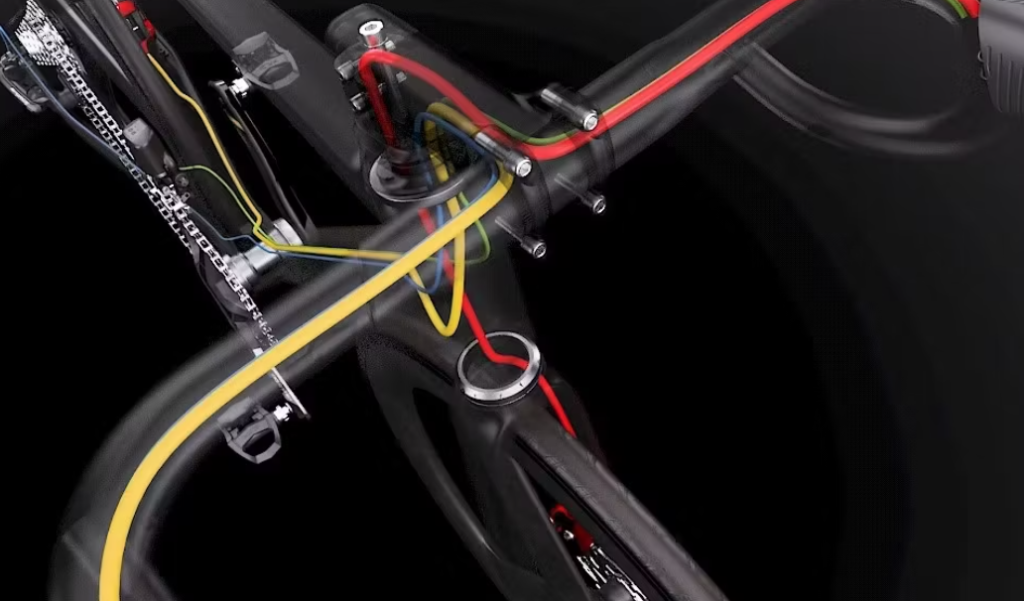
So we know that fitters hate integrated bars/stem combos, mechanics hate something that is connected to these setups – integrated cabling!
I know, I know, having the cables hidden inside the bike from the levers right to the brakes/derailleurs looks super tidy and slick.
Personally I find it an annoying development to work with, but I don’t ‘hate’ it as I like the aesthetic.
You need to know something though, hiding all of the cables makes life VERY expensive when it comes to servicing and maintenance.
Let me give you an example – on the new Specialized Tarmac, if you ever need to change a headset bearing it means that someone like myself will need to remove both hydraulic brake hoses (which may mean they need to be replaced depending on how much slack they have in them), and all of the gear cables/electronic wiring.
That more or less means it is a full strip down and rebuild.
So let’s compare pricing….
Bike with external cabling headset bearing replace = about 15mins work + a bearing, so around £30/£40
Bike with internal routing = anywhere up to 2.5 hours work + hydraulic hoses + brake bleed + headset bearing, so anywhere up to £250
As you can see, there is a monumental difference, which is fine as long as you are aware when you buy the bike (which you now are – yay). The problem is that lots of people aren’t, in my view that is criminal!
- Proprietary standards (brake/wheel/headset/bottom bracket)
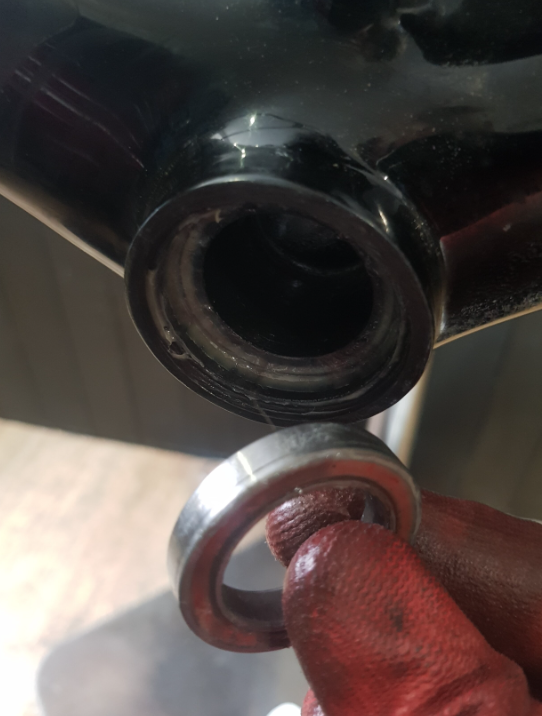
Back to Trek again…
There is a trend, seemingly in American brands more than any others (yep, looking at you Cannondale and Specialized as well) to try to create their own standards for things – I assume it’s a corporate America thing as Apple do it as well, fairly regularly.
From a performance point of view I kind of get it BUT more often than not the standards hang around for a few years and then are dropped – along with the spares for them.
The biggest offender of this in my eyes was the Trek BB90 bottom bracket standard.
Firstly it was a terrible design where metal bearings are pressed directly into a carbon frame, which means that once you have replaced the bearing a few times it becomes slack in the frame so creaks, or just disintegrates.
Secondly, it was such a terrible idea that nobody bothered to make aftermarket spares for it so now if you have a Trek from that era you are fairly screwed if you need to replace your bottom bracket – and there are LOTS of them out there!
If you see anything that is proprietary to that model or make of bike I would always think twice about buying it, you may well set yourself up for a load of heartache a few years down the line!
- Questionable design choices
Sometimes bike manufacturers do things because they apparently give a performance gain (or a cynic might say that it generates conversation).
The big one at the moment is the new Trek (yep them again) Madone and its seatpost setup.
As you will see in the picture they have created a diamond that sits under a seat mast and hangs the saddle back a little from the main body of the frame.
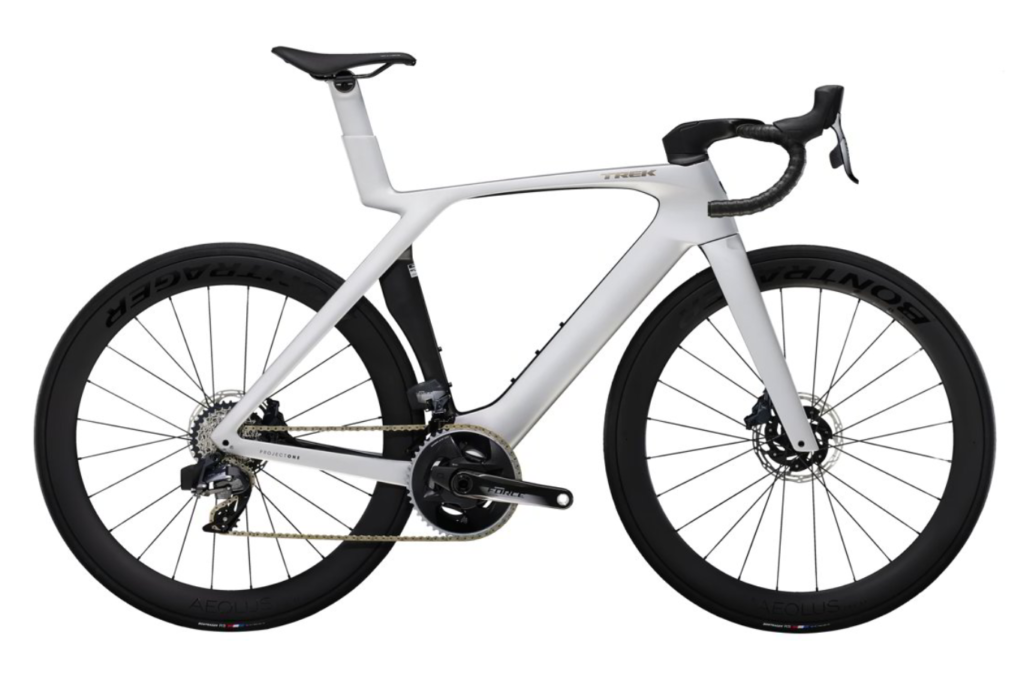
In the short term great, it looks cool, people talk about it, it makes the frame stiffer whilst giving more comfort in the saddle – or so the claims would have you believe.
The problem is, in the real world consumers need a bike to last 3,5,7 or even 10 years. This equals a lot of fatigue for that area of the frame and no matter how much you reinforce carbon fibre it will still fatigue.
Time will tell if we see a spate of frame failures in the future but my point here is – just because something is appropriate for a Pro team race bike that only needs to last a year at the most, it doesn’t mean it is a good choice for the rest of the cycling world!
There have been LOADS of these issues over the years, Trek is just the most recent which is why I am mentioning them, I don’t have any particular issue with Trek, as much as this article my seem otherwise!
My advice, if you see something that looks quite out of the norm for established bike design then ALWAYS question if you are happy to take the risk of it failing in the long run…
So conclusion…
I have highlight some of the advice I give to all of my customers when looking at a new bike, a lot of it is common sense BUT within the world of cycling there is always the ‘bling’ factor that blinds us to things that may be common sense otherwise!
If you would like advice on picking the best bike for your needs – and avoiding the issues above then please feel free to drop me a line, I am always up for a chat about new bikes, drop me an email on michael@bikedr.co.uk to start the conversation!
